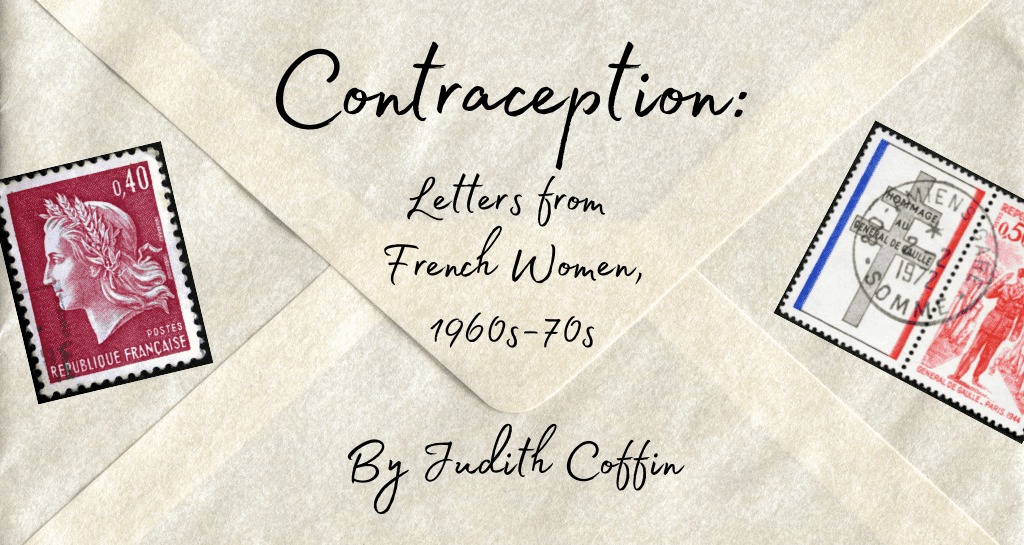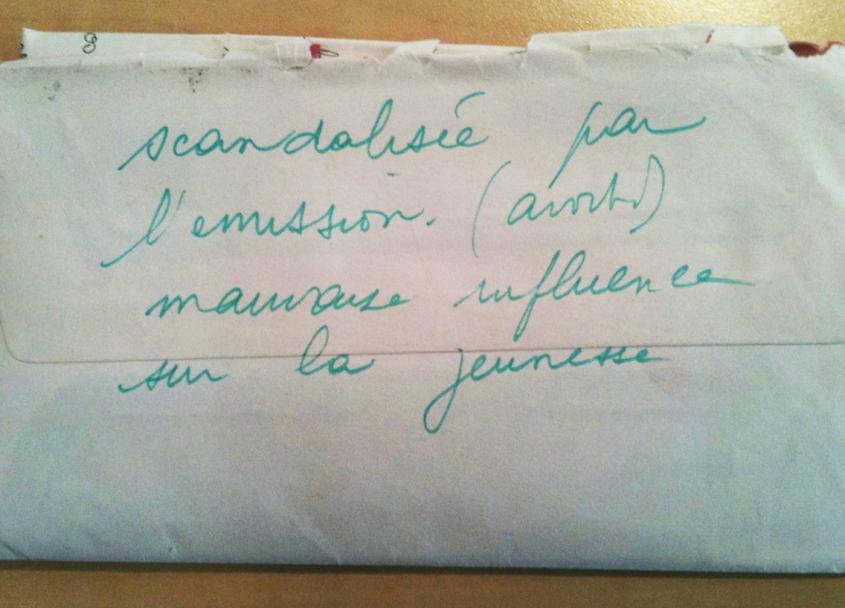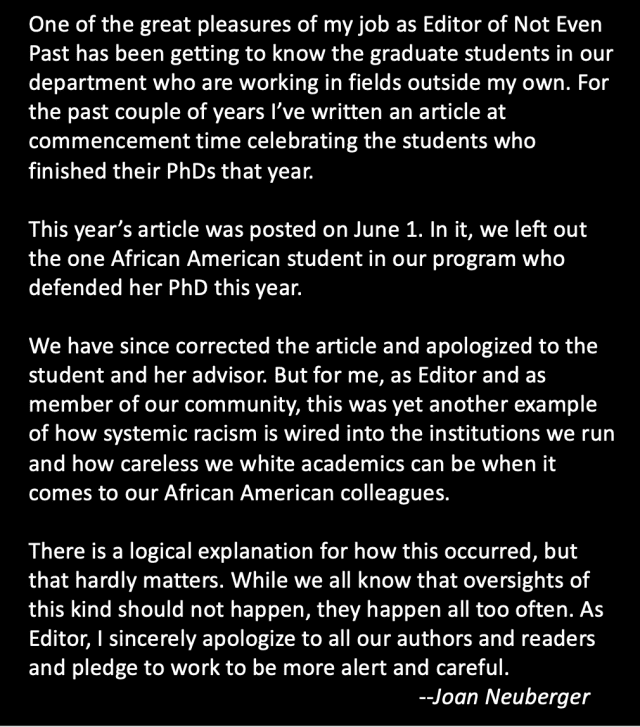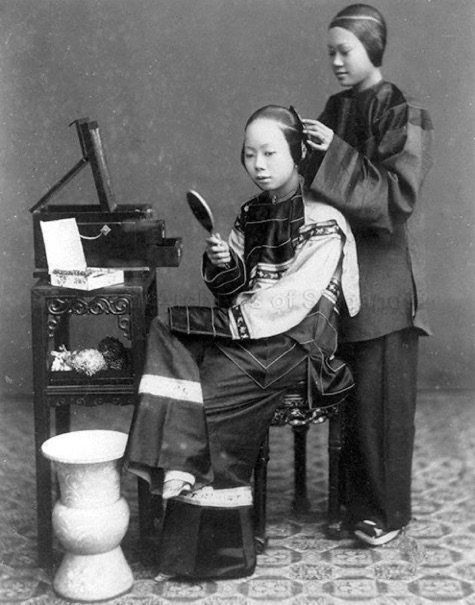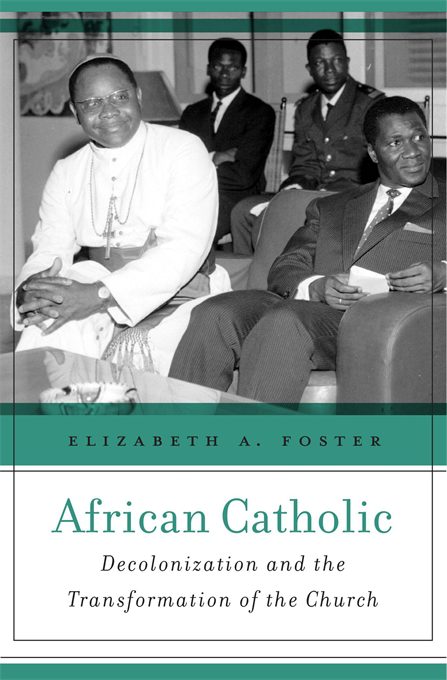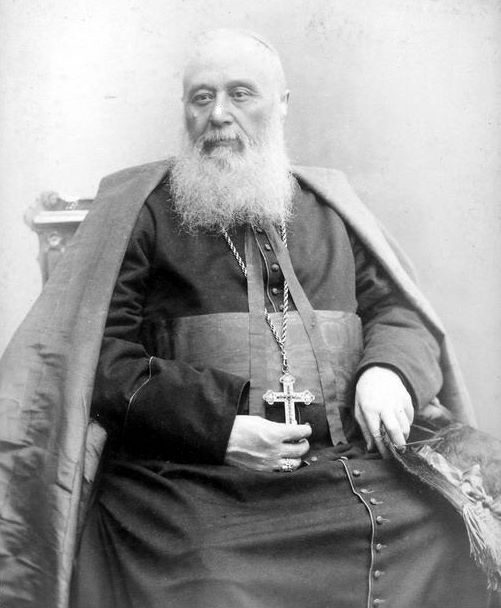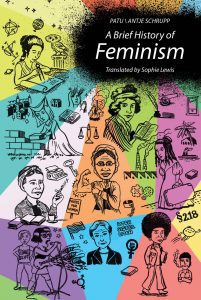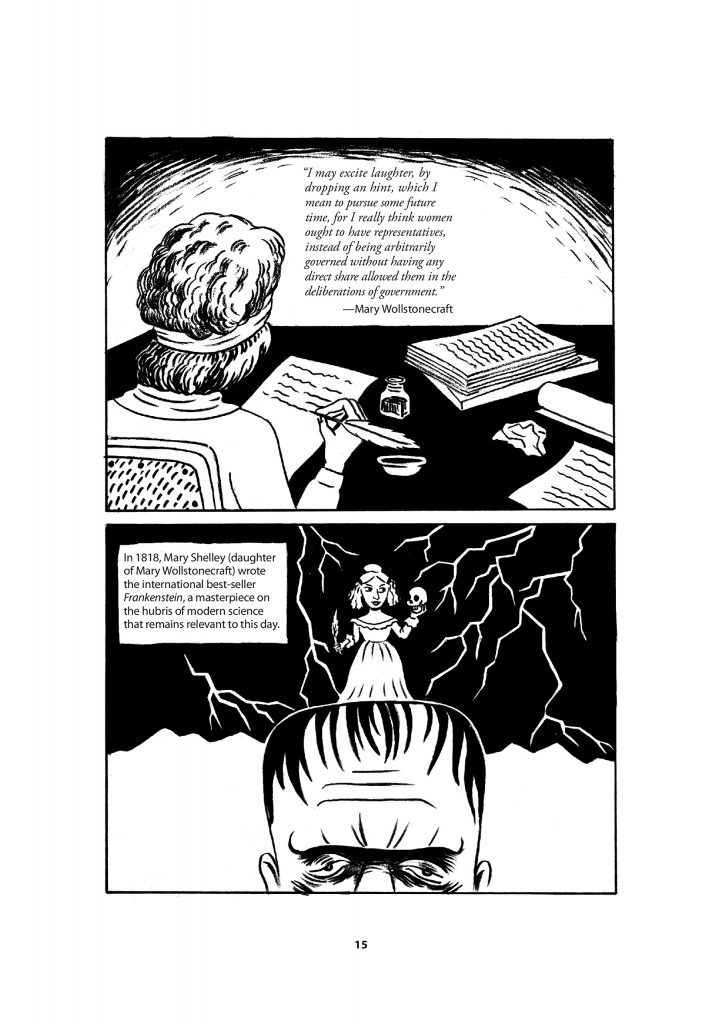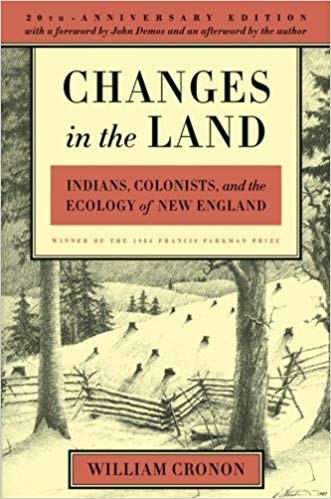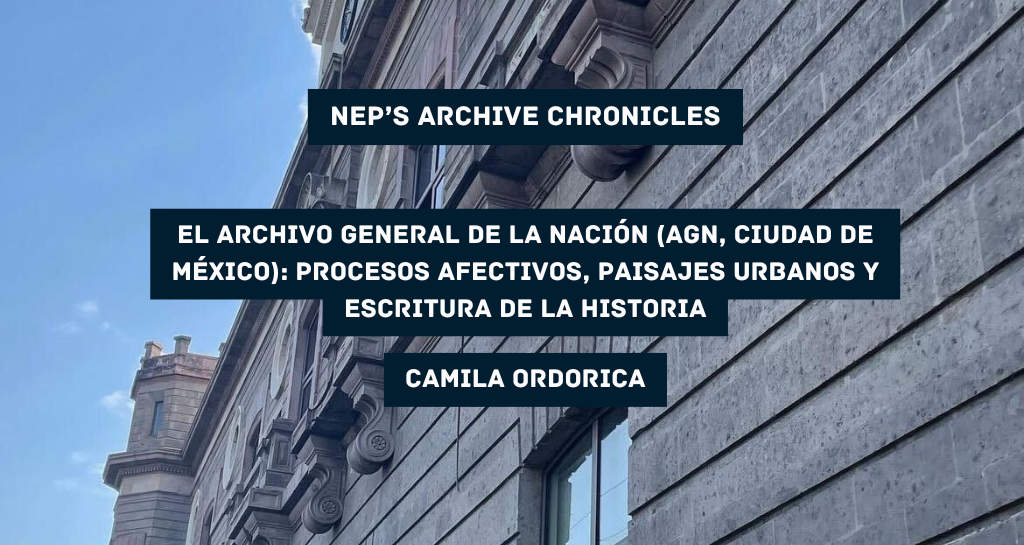
NEP’S Archive Chronicles explora el papel que desempeñan los archivos en la investigación histórica, ofreciendo una visión del proceso de realización del trabajo archivístico y de investigación. Cada entrega ofrecerá una perspectiva única de los tesoros y retos que los investigadores encuentran en los archivos de todo el mundo. NEP’s Archive Chronicles pretende ser tanto una guía práctica como un espacio de reflexión, en el que se expongan las experiencias de los colaboradores con la investigación archivística.
Note: Click here to access English version
Nota: Haz click aquí para acceder a la versión en inglés
Es un lugar común empezar por decir que estaba leyendo La atracción de archivo de Arlette Farge el primer día que fui a hacer investigación al Archivo General de la Nación (AGN) en la Ciudad de México, pero es verdad. No lo hice a propósito, llevaba tiempo queriendo leer el texto y acababa de comprar un ejemplar usado cuando empecé a investigar sobre la historia del Archivo General de México a lo largo del siglo XIX.
Esto ocurrió hace tres años, pero lo recuerdo claramente. Tiendo a olvidar las cosas, pero allí donde falla mi memoria social, mi memoria bibliográfica es casi impecable. Puedo recordar todos los libros que he leído. Sé cómo es la portada, qué tamaño tiene el libro, y dónde y cuándo lo leí. Recuerdo cómo se siente un libro dentro de mí, y puedo reconstruir lo que dice o por qué es importante. Sobre el clásico de Farge, recuerdo que el libro es romántico, que ella narra cómo recorría los pasillos de los Archivos Judiciales de París buscando mujeres en las fuentes, reflexionando sobre la afectividad del espacio, y recuerdo que lo estaba leyendo ese día.
Era pleno verano, un día sombrío y lluvioso en la ciudad. También estábamos en plena pandemia de COVID. Por lo tanto, el AGN estaba abierto, pero su horario de atención al público era restringido, así como el material que podían consultar los investigadores. Había agendado una cita una semana antes para asistir y ver si realmente podía encontrar algo. Nunca había oído hablar de la colección que buscaba, pero estaba segura de que existía. Un archivo debe tener una colección sobre sus operaciones institucionales internas, ¿no?
Salí temprano de casa, me subí en el metro y eventualmente llegué a San Lázaro, en el centro-este de la ciudad. La estación de metro debe su nombre a la antigua terminal ferroviaria del mismo nombre, que solía ser parte importante del sistema ferroviario interoceánico en la ruta México-Puebla-Veracruz. San Lázaro siempre es caótico. No sólo hay dos líneas distintas de metro tienen parada ahí, pero el espacio también se comparte con la Terminal de Autobuses de Pasajeros de Oriente, la TAPO, haciéndola una de las estaciones más concurridas de la ciudad, con más de 44.000 usuarios que la cruzan al día. Me costó trabajo encontrar dónde abordar la línea 5 del Metrobus, pero eventualmente lo logré. Una parada después, llegué a la estación Archivo General de la Nación.1

El AGN se encuentra actualmente ubicado en el Palacio de Lecumberri. Inaugurado originalmente en 1900 por el presidente Porfirio Díaz, este edificio fue diseñado como una moderna penitenciaría panóptica, propósito con el cual cumplió hasta 1972, cuando fue clausurado debido a una serie de irregularidades, corrupción y falta de espacio para sostener el creciente número de reclusos. Una vez cerrado y abandonado, estalló un debate en la prensa mexicana sobre su destino. Su demolición privaría a los antiguos reclusos como a las familias de las víctimas de un importante lugar de memoria. Además, quienes se oponían a su demolición subrayaron la importancia de conservar el edificio como un lugar crucial para estudiar y comprender la historia de la arquitectura disciplinaria durante en México en el siglo XX. Pero ¿qué hacer con él?
En los medios de comunicación estalló un debate sobre los posibles usos del edificio. La polémica de «los historiadores», representados por Edmundo O’Gorman, Eduardo Blanquel, Jorge Alberto Manrique y el arquitecto Flavio Salamanca, fue decisiva para que Lecumberri pasara de ser una cárcel a un archivo. El argumento principal de los historiadores se centró sobre todo en la cuestión del espacio, conscientes de que una de las características fundamentales de los archivos es que nunca dejan de crecer. En ese momento, el AGN, originalmente alojado en el Palacio Nacional desde su inauguración en 1823, hacía tiempo que se había quedado sin espacio y sus fondos se encontraban dispersos por diversos lugares de la ciudad, como el Palacio Nacional, el Templo de Guadalupe en Tacubaya o la Casa Amarilla, la Ciudadela y el antiguo Palacio de Comunicaciones, hoy Museo Nacional de Arte (MUNAL).2 La descentralización perjudicaba las funciones de la institución y ponía en riesgo el acceso de los usuarios.
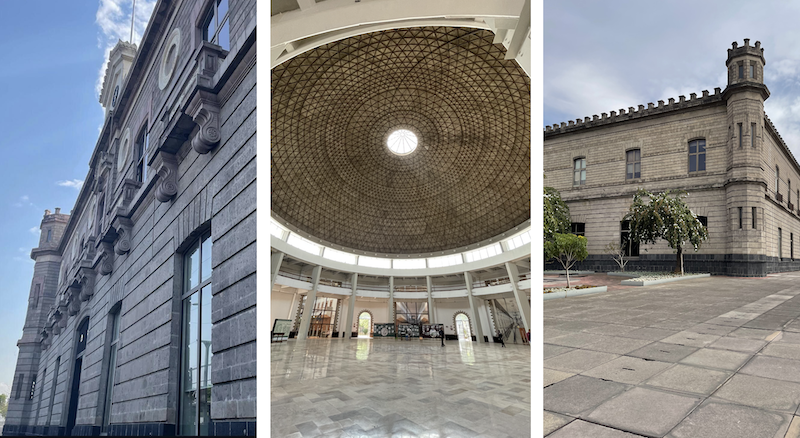
Consciente de sus necesidades presentes y futuras, el personal de la institución había estado buscando soluciones para este problema. José Ignacio Rubio Mañé, que fue director de la institución entre 1960 y 1977, incluso llegó a viajar por el mundo a través de un programa financiado por el gobierno en busca de inspiración en otros archivos para mejorar el que él supervisaba. Pero el proyecto de remodelación quedó truncado antes de concluirse.
Y ahora, la solución estaba ahí: Lecumberri. El edificio ya era propiedad del gobierno, estaba abandonado y salvarlo garantizaría su funcionamiento como lugar rememoración y estudio. Como elemento adicional y fortuito, este palacio se había construido para garantizar las prácticas de vigilancia, un componente muy necesario para los archivos. Estos otorgan una gran prioridad a la vigilancia porque almacenan documentos sensibles y únicos que sirven de fuentes primarias para los relatos históricos de una comunidad determinada en el tiempo. Su robo o deterioro puede tener repercusiones sociales, materiales e incluso emocionales.
En 1977 se aprobó la transformación de Lecumberri en la nueva sede del AGN, que se trasladó en 1982 bajo la dirección de Alejandra Moreno Toscano. Las antiguas celdas de la prisión se convirtieron en bóvedas para el almacenamiento de documentos, y las largas galerías de cada uno de los 5 brazos de la prisión se transformaron en salas de lectura y oficinas. Aunque poética, la falta de control técnico sobre el clima y las plagas que los archivistas podían tener sobre los documentos dentro de las bóvedas impulsó la construcción del Anexo Técnico. Inaugurado en 2018, el Anexo es una instalación de almacenamiento de documentos moderna y tecnológica que aumentó masivamente el espacio de almacenamiento y modernizó los sistemas. Las celdas sirven ahora de oficinas para el personal, y algunos de los largos pasillos se han acondicionado para un proyecto de digitalización masiva. En el exterior, el gran edificio blanco y cuadrado contrasta con el palacio decimonónico situado a su lado. Dos estrategias e innovaciones tecnológicas diferentes para un mismo fin.
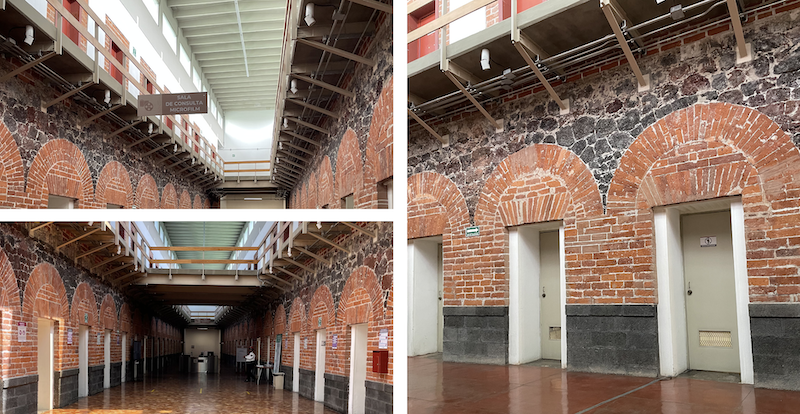
A mi llegada, me recibieron dos agentes de policía. Como en muchos archivos de todo el mundo, tuve que dejar mi mochila, papel, plumas, agua y cualquier alimento en los casilleros y registrarme con un documento de identidad oficial y registrar el número de serie de mi equipo de trabajo (computadora y tablet). Una vez registrada, tomé mi computadora, teléfono, guantes y mascarilla, y me dirigí a la Centro de Referencias, una parada obligatoria antes de entrar en las salas de consulta. No sabía dónde encontrar el archivo institucional, así que hablé con los archivistas. Mi primera conversación con la mujer de recepción -llamémosla M.- fue más o menos así:
“Buenos días”.
“Buenos días”.
“¿En qué puedo ayudarle?”
“Estoy buscando… Estoy buscando el archivo del Archivo”.
“¿Disculpa?”
“Sí. Busco el archivo del Archivo”.
No puedo evitar reírme al recordar la cara de M. ante mi extravagante solicitud. Le expliqué que yo era historiadora, que estaba investigando la historia del Archivo General y que buscaba el archivo interno de operaciones del AGN.
“Tiene que haber uno, ¿no?”.
“Ay, no sé la verdad, no he oído hablar de él. Pero ¿por qué no pruebas en el buscador general a ver qué encuentras?”.
Me senté frente a una computadora y escribí lo primero que se me ocurrió: «archivo». Pero al teclear una palabra que forma parte del nombre de toda la institución, el sistema transcribió toda la base de datos en la sección de resultados del programa, y lo colapsó. Pasé las siguientes semanas en Centro de Referencias analizando ArchiDoc, el gigantesco sistema de búsqueda del AGN, intentando averiguar cómo encontrar esta colección de la que nadie en el había oído hablar. Hasta que un día, a primera hora de la mañana, se acercó M. para decirme que había visto una colección en el perfil de administrador de ArchiDoc. Se llamaba Archivo Histórico Institucional (AHI) y figuraba en la sección del siglo XIX.
¡Eureka! Resulta que no había visto esta colección en ningún lado porque los documentos estaban todavía siendo catalogados y procesados, y no estaba disponible aún para su consulta3. Se me puso la piel chinita de la emoción. Lo recuerdo claramente. Estos documentos constituyen la historia del Archivo a través del papeleo burocrático de la administración de la misma institución. De hecho, esto era exactamente lo que yo buscaba: el archivo del archivo. Y significaba que mi investigación doctoral era posible.
El Archivo Histórico Institucional tiene dos tipos de formatos documentales: volúmenes y cajas que contienen expedientes guardados en carpetas amarillas sin ácido. Los volúmenes están encuadernados en piel y tienen unas dimensiones aproximadas de 40 cm x 25 cm, con un número de páginas que oscila entre 250 y 450 por volumen. Consta de 295 volúmenes que van de 1825 a 1944, abarcando 119 años de historia administrativa archivística. La colección muestra un aumento significativo de volúmenes a lo largo del tiempo con un patrón de crecimiento sostenido a lo largo del tiempo. Su contenido es ecléctico y abarca informes, remisiones, recibos, notas, instrucciones y solicitudes de información, entre otros. En estos documentos podemos encontrar los mundos sociales, económicos, políticos, materiales e incluso afectivos que han sido parte esencial de la mecánica interna de la institución y de los materiales que ella resguarda.
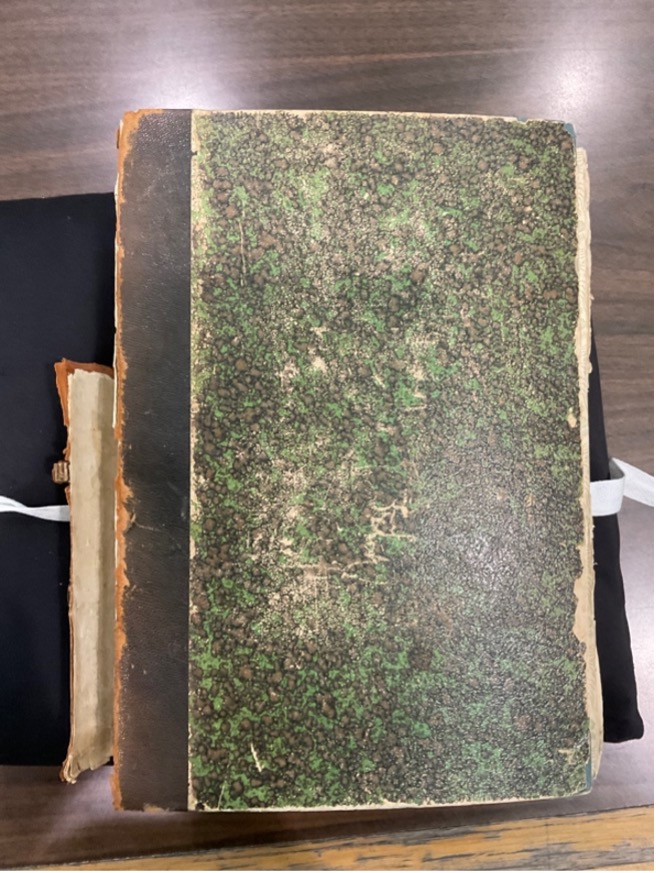
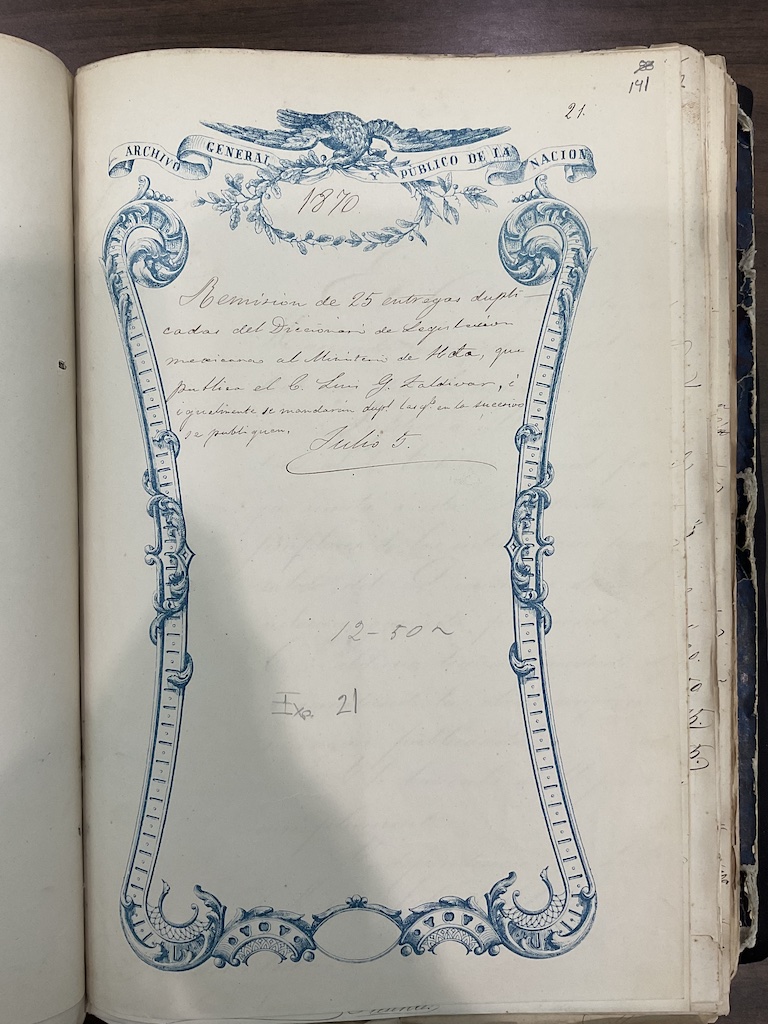
No pude examinar los documentos físicos ese año y tuve que esperar hasta el verano siguiente para hacerlo, tras conseguir autorización previa de la administración del Archivo. Poco después, la historiadora y archivista Linda Arnold tuvo la amabilidad de compartir con nosotros la hoja Excel de toda la colección, lo que me permitió procesar y comprender más profundamente la colección antes acceder a los documentos.
En cuanto pude, regresé a la Ciudad de México y me dirigí directamente al AGN para analizar la colección física. Para ese momento ya sabía de qué elementos se componía el AHI, y por fin había llegado el momento de leerlo. Desde entonces he pasado cientos de horas en la Sala de Lectura «A» del AGN leyendo los documentos y tomándoles fotos para mi investigación.
En estos años, he paseado los extraños caminos de Lecumberri y he llevado a mis seres queridos a las visitas guiadas que ofrece la propia institución. También me he hecho amiga de algunos de los archivistas que trabajan ahí y he conocido a historiadores que admiro haciendo investigación. Mi investigación también me ha llevado a otros archivos de México y del mundo, donde he estado buscando evidencia que lo represente como parte de una red global de emergentes tecnologías de la información en el siglo XIX.
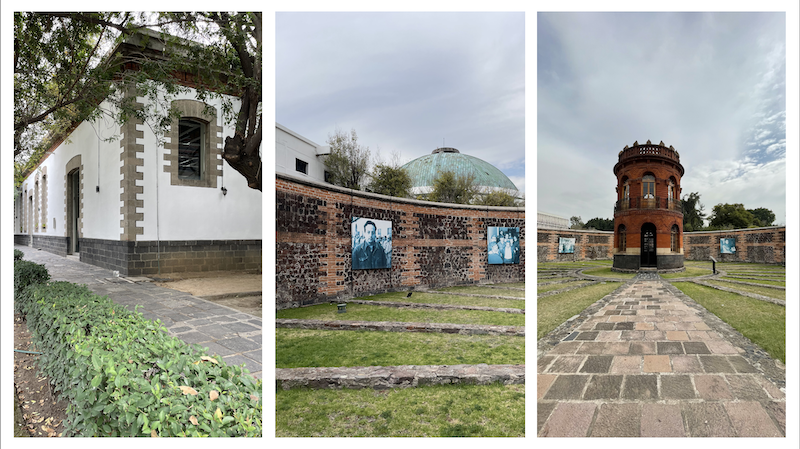
Ya empecé a escribir la tesis y espero que esté lista en los próximos años. Pero escribir esta historia no ha sido del todo fácil. Los archivos son entidades por naturaleza fragmentadas y están constituidos por silencios y ausencias más que por lo que han logrado custodiar.4 Como objeto de tasación, botín de guerra o resultado de la volátil e imprevisible fragmentación de los fondos, la información documental que sobrevive en la actualidad no es más que un minúsculo fragmento de lo que se ha producido alguna vez. Esto plantea algunas preguntas fundamentales: ¿Por qué no se ha analizado en detalle la historia de los archivos? ¿Qué nos dice esto hoy? ¿Qué tipo de historias podemos recuperar analizando en detalle los archivos institucionales de las instituciones archviísticas?
Es precisamente la naturaleza fragmentada del AGN lo que me ha impulsado a explorar formas más experimentales de escribir sobre sus historias, llevándome a abordar sus complejidades a través de la escritura creativa, especialmente a través del ensayo. Porque al reflexionar sobre las condiciones en las que se archivó la historia, nos hacemos una idea de cómo se vivió y experimentó ésta, generando oportunidades para reinterpretar la formación de la identidad nacional y el pasado de formas nuevas y previamente inexploradas.
Camila Ordorica es candidata doctoral en Historia Latinoamericana por la Universidad de Texas en Austin, donde estudia la historia del Archivo General de México durante el largo siglo XIX (1790-1910). Su investigación dialoga con la archivística y la historia cultural, social y material, y explora cómo los archivos se escriben en la historia y su papel dentro de ella. La pasión de Camila por los estudios archivísticos tiene sus raíces en su formación como archivista. Camila ha trabajado en los Acervos Históricos de la Universidad Iberoamericana y en los archivos de Sine-Comunarr. Además, ha colaborado con la ENES-Morelia de la UNAM, el Instituto de Estudios Críticos ’17 y la Federación Internacional de Historia Pública en estudios y prácticas archivísticas y humanidades digitales.
Los puntos de vista y opiniones expresados en este artículo o vídeo son los de su(s) autor(es) o presentador(es) y no reflejan necesariamente la política o los puntos de vista de los editores de Not Even Past, el Departamento de Historia de la Universidad de Texas, la Universidad de Texas en Austin o la Junta de Regentes del Sistema de la Universidad de Texas. Not Even Past es una revista de historia pública en línea y no una revista académica revisada por pares. Aunque nos esforzamos por garantizar que la información de los artículos procede de fuentes fidedignas, Not Even Past no se hace responsable de errores u omisiones.
- Desde entonces he descubierto que la mejor ruta en transporte público es ir a la estación del metro Bellas Artes y tomar el Metrobús 4 directo al AGN. Suele haber más tráfico, pero el trayecto es más bonito. Con el aire fresco de la mañana, se puede contemplar todo el centro histórico, con sus edificios torcidos y su bulliciosa actividad. ↩︎
- Pereyra, Carlos, et al. Historia, ¿para qué? 1st ed. (México: Siglo Veintiuno, 1980) ↩︎
- El IHA aún no se ha abierto oficialmente a consulta, pero tengo entendido que se presentará oficialmente al público antes de finales de año. ↩︎
- Ver: Jacques Derrida, Archive Fever. A Freudian Impression, (The University of Chicago Press, 1996); Michelle Caswell, Archiving the Unspeakable: Silence, Memory, and the Photographic Record in Cambodia, (University of Wisconsin Press, 2014); Verne Harris, Ghosts of Archive: Deconstructive Intersectionality and Praxis, (Routledge, 2021); Michel-Rolph Trouillot, Silencing the Past. Power and the Production of History, (Bacon Press, 1995) ↩︎
